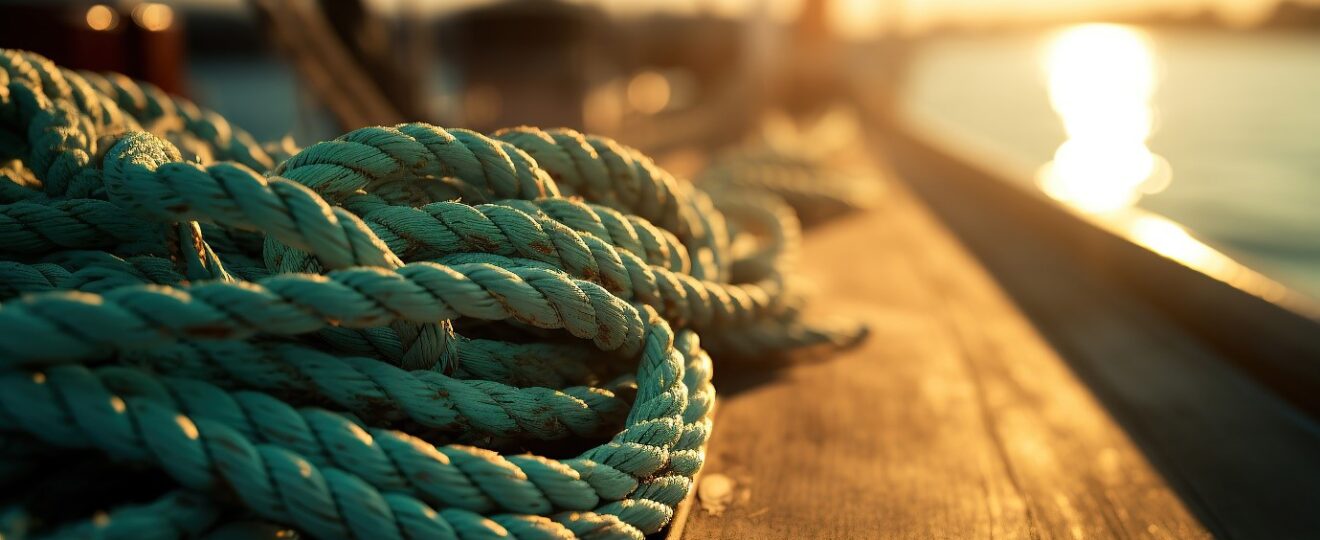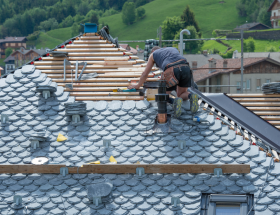Marine ropes or nautical lines have an unquestionable importance in the maritime world. Used for a diverse range of applications, from rigging and mooring to towing and hoisting, they are an indispensable part of a vessel’s gear. The quality, strength, and efficiency of these ropes directly impact safety and performance out at sea. However, the face of marine ropes has significantly evolved, moving from traditional, natural fiber-based models to more advanced, durable, and strong synthetic varieties.
The marine ropes of the past mainly focussed on utilitarian purposes, but today’s ropes are the result of sophisticated design and advanced material technology. Understanding this transition is essential, as it opens the doorway to the evolving world of marine rope technology that this article aims to explore. We take a deep dive into not just where we are, but also where we are headed – specifically, how future marine rope technologies might change the boating experience.
The Evolution of Marine Ropes
From the first seaworthy vessels of ancient times to the modern ships of the 21st century, marine ropes have always held an essential place in maritime equipment. Early marine ropes were crafted from natural materials like hemp, sisal, and manila, with seafarers meticulously wove the fibers to create rugged, practical ropes.
As time moved on, the introduction of steel wire ropes in the Industrial Revolution brought a significant shift in the marine ropes scene. These offered enhanced strength and durability; however, they lacked flexibility and were highly susceptible to corrosion. Marine ropes today have seen another major transition with synthetic materials, such as nylon and polyester, leading the way in creating ropes that provide the perfect balance of strength, durability, and flexibility.
Traditional Marine Ropes and their Limitations
Traditional marine ropes crafted from natural fibres like hemp or manila have a rich history and appeal. They offer a certain degree of flexibility and ease, and notably, natural fibre ropes provide excellent grip even when wet. However, they have their share of limitations as well.
These ropes degrade over time under harsh marine conditions, losing strength and durability with regular exposure to salt water and UV rays. They are also prone to rot and attract marine life, leading to infestation and further deterioration. Issues such as these might hit a pain point for many sailors and boat owners who need dependable ropes for long-term use in challenging sea conditions.
The Rise of Synthetic Marine Ropes
The limitations of traditional marine ropes set the stage for the introduction of synthetic materials in the manufacturing process. Synthetic ropes, typically made from nylon, polyester, and polypropylene, emerged as a reliable alternative, offering enhanced attributes.
Synthetic ropes offer superior durability, resilience, and compatibility for marine use. They resist harsh weather conditions, withstand UV rays, and repel marine life, ensuring their longevity. Some might voice concerns about environmental impact, but when compared with traditional ropes, the life expectancy and long-term sustainability of synthetic ropes evidently outweigh these concerns.
Innovative Technologies Changing the Face of Marine Ropes
The world of marine rope technology is teeming with innovations aimed at enhancing the material, design, and functionality of the ropes. Companies like Marlow Ropes and Gleistein, among others, lead the charge with development efforts in areas like smart fibers and eco-friendly materials.
In the quest for new materials, Dyneema, a high-performance polyethylene fiber, has displayed remarkable potential in marine rope manufacturing, offering exceptional strength but lightweight. In addition, breakthroughs in nanotechnology and material science are enabling the creation of ropes with even higher levels of durability, resilience, and strength.
The Impact of Innovation on the Boating Experience
Innovations in marine rope technology are proving to be game-changers for the boating world. The new ropes offer enhanced functionality and durability, ensuring longevity despite continuous exposure to the rigours of maritime use.
From a financial perspective, though innovative ropes may have a higher upfront cost than traditional ones, their durable nature means less frequent replacements, subsequently saving costs in the long run. Crucially, advancements in technology are enhancing safety on boats like never before. For instance, the introduction of smart fibers can detect potential rope failures before they occur, providing crucial time for preventive measures.
Prepping for the Future: Guide to Adopting New Technology
Boaters considering moving from traditional to innovative ropes should pay attention to the materials used, the benefits on offer, and the environmental impacts. Such parameters form a handy guide through the process of adopting innovative marine ropes.
Conclusion
As we journey into the future of boating, securing your vessel with cutting-edge marine ropes is crucial. Given the clear advantages that these pioneering innovations bring, being future-ready is not only advisable, it is necessary. Whether you are a professional seafarer, a recreational boater, or a marine equipment supplier, staying abreast of the technological advances in marine ropes presents an opportunity to enhance the maritime experience while ensuring safety and cost-effectiveness.










